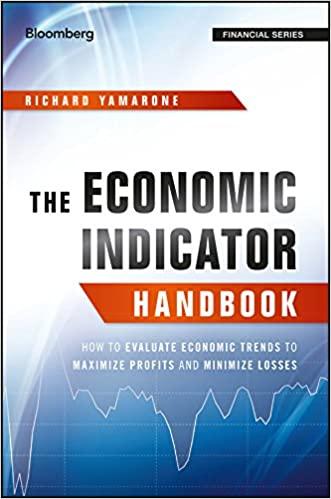The business case for the hiking shoe needed some work; but after preliminary analysis, she focused on the following information: 1. The life of the
The business case for the hiking shoe needed some work; but after preliminary analysis, she focused on the following information:
1. The life of the Persistence project would be only three years, given the steep technological learning curve for this new product line.
2. The wholesale price of Persistence (net to New Balance) would be $90.00.
3. The hiking segment of the athletic shoe market was projected to reach $350 million during 2013, and it was growing at a rate of 15% per year. New Balances market share projections for Persistence were: 2013, 15%; 2014, 18%; and 2015, 20%.
4. The firm would be able to use an idle section of one of its factories to produce the hiking shoe. A cost accountant estimated that, according to the square footage in the factory, this sections overhead allocation would amount to $1.8 million per year. The firm would still incur these costs if the product were not undertaken. In addition, this section would remain idle for the life of the project if the Persistence project were not undertaken.
5. The firm must purchase manufacturing equipment costing $8 million. The equipment fell into the five-year MACRS depreciation category. Depreciation percentages for the first three years respectively were: 20%, 32%, and 19%. The cash outlay would be at Time 0, and depreciation would start in 2013. Analysts estimated the equipment could be sold for book value at the end of the projects life.
6. Inventory and accounts receivable would increase by $25 million at Time 0 and would be recovered at the end of the project (2015). The accounts payable balance was projected to increase by $10 million at Time 0 and would also be recovered at the end of the project.
7. Because the firm had not yet entered the hiking shoe market, introduction of this product was not expected to impact sales of the firms other shoe lines.
8. Variable costs of producing the shoe were expected to be 38% of the shoe's sales.
9. General and administrative expenses for Persistence would be 12% of revenue in 2013. This would drop to 10% in 2014 and 8% in 2015.
10. The product would not have a celebrity endorser. Advertising and promotion costs would initially be $3 million in 2013, then $2 million in both 2014 and 2015.
11. The company's federal plus state marginal tax rate was 40%.
12. In order to begin immediate production of Persistence, the design technology and the manufacturing specifications for a new hiking shoe would be purchased from an outside source for $50 million. This outlay was to take place immediately and be expensed immediately for tax purposes.
13. Annual interest costs on the debt for this project would be $600,000. In addition, Rodriguez estimated the cost of capital for the hiking shoe would be 14%.
For the second part of the Sneaker 2013, we will shift our focus to the analysis of the Persistence hiking boot. In this weeks assignment:
1. Start by projecting EBIT for Persistence like you did last week for Sneaker 2013. Note that methodology for projecting revenue and expenses is not exactly the same as for last week. Follow the case data to make your estimates for EBIT.
2. Project cash flows for Persistence including a. Initial (year 0) outlays b. Convert your EBIT forecast into operating cash flow for years 1-3 c. The terminal cash flow for year 3
3. Calculate NPV, IRR and the payback period for Persistence.
4. Based on those answers and looking at the same answers from last week for Sneaker 2013, which project looks most attractive for New Balance?
Step by Step Solution
There are 3 Steps involved in it
Step: 1

See step-by-step solutions with expert insights and AI powered tools for academic success
Step: 2

Step: 3

Ace Your Homework with AI
Get the answers you need in no time with our AI-driven, step-by-step assistance
Get Started


